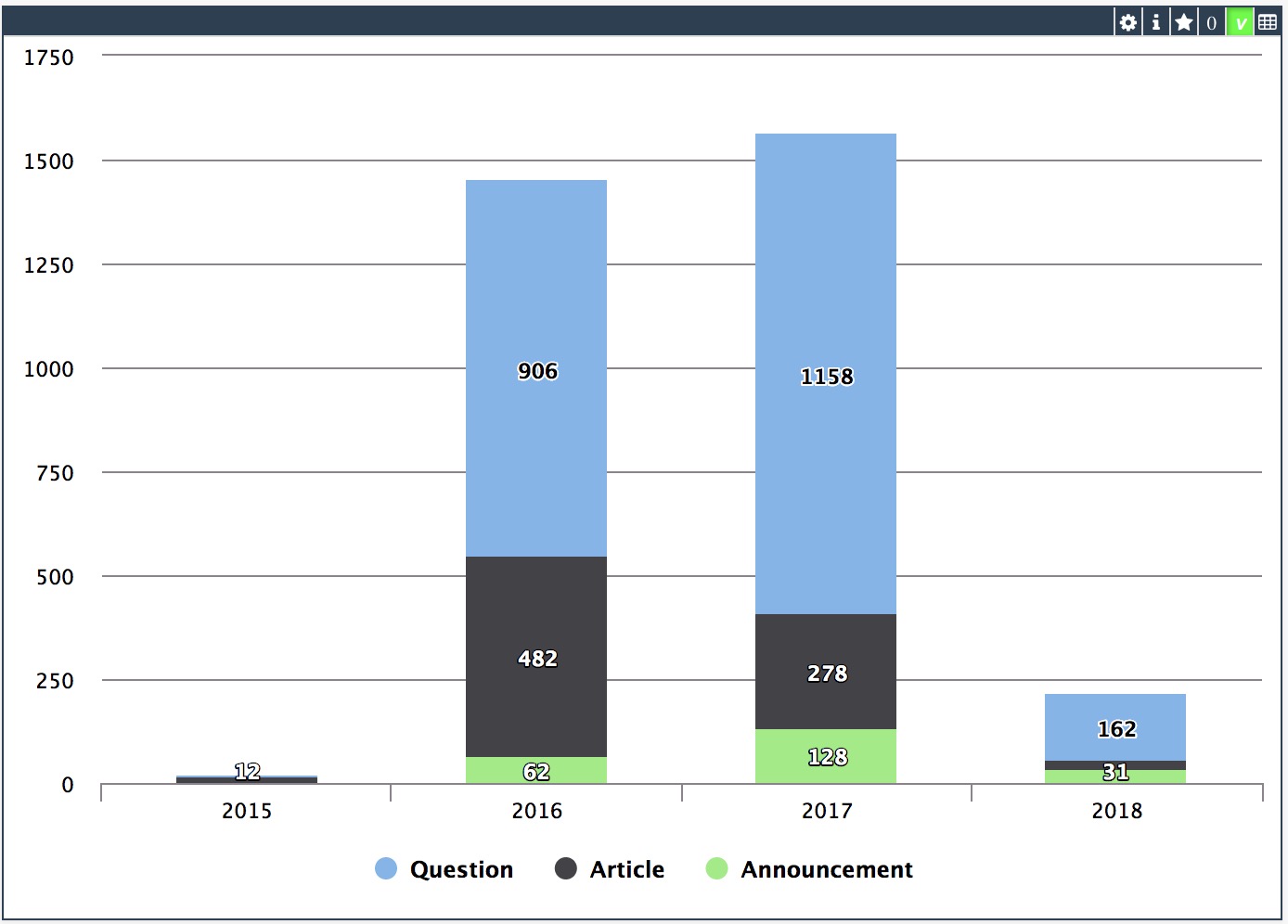If you have worked with Caché Objects,
You know already all about Relationships (one:many , parent:child) ...
But you will not find a word on many:many relationships in the docs.
But I met the question quite often from new adopters of Caché objects:
"Is it possible to implement many:many relationships ?" YES - of course !




